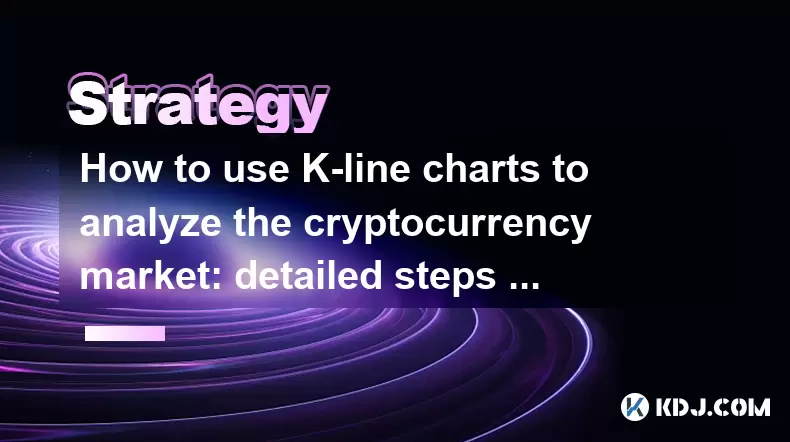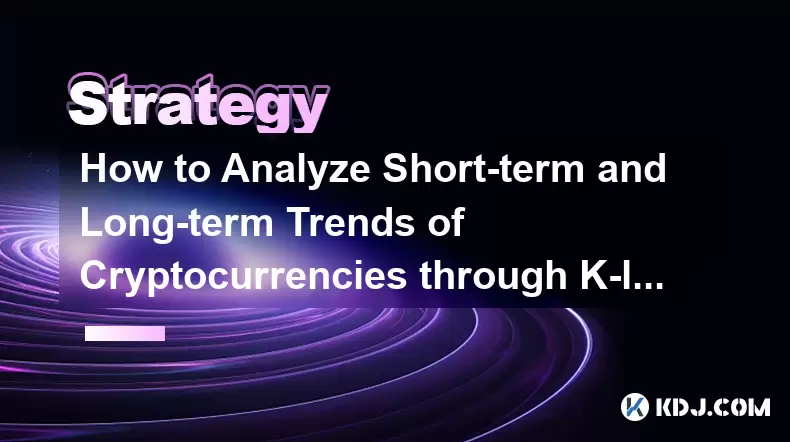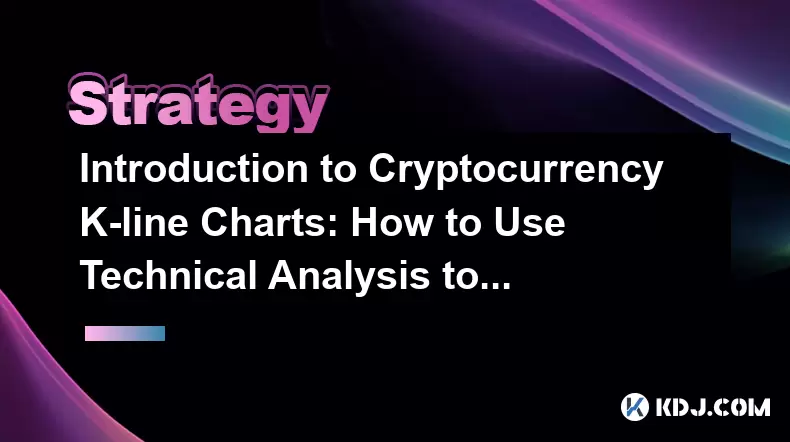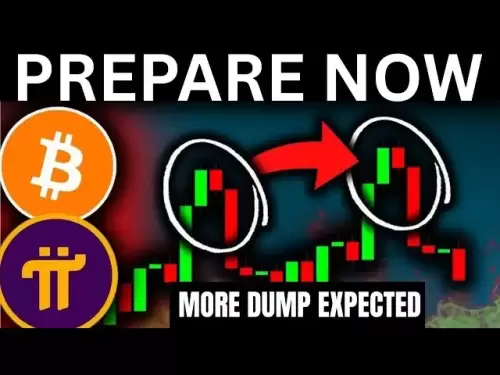-
 Bitcoin
Bitcoin $106,754.6083
1.33% -
 Ethereum
Ethereum $2,625.8249
3.80% -
 Tether USDt
Tether USDt $1.0001
-0.03% -
 XRP
XRP $2.1891
1.67% -
 BNB
BNB $654.5220
0.66% -
 Solana
Solana $156.9428
7.28% -
 USDC
USDC $0.9998
0.00% -
 Dogecoin
Dogecoin $0.1780
1.14% -
 TRON
TRON $0.2706
-0.16% -
 Cardano
Cardano $0.6470
2.77% -
 Hyperliquid
Hyperliquid $44.6467
10.24% -
 Sui
Sui $3.1128
3.86% -
 Bitcoin Cash
Bitcoin Cash $455.7646
3.00% -
 Chainlink
Chainlink $13.6858
4.08% -
 UNUS SED LEO
UNUS SED LEO $9.2682
0.21% -
 Avalanche
Avalanche $19.7433
3.79% -
 Stellar
Stellar $0.2616
1.64% -
 Toncoin
Toncoin $3.0222
2.19% -
 Shiba Inu
Shiba Inu $0.0...01220
1.49% -
 Hedera
Hedera $0.1580
2.75% -
 Litecoin
Litecoin $87.4964
2.29% -
 Polkadot
Polkadot $3.8958
3.05% -
 Ethena USDe
Ethena USDe $1.0000
-0.04% -
 Monero
Monero $317.2263
0.26% -
 Bitget Token
Bitget Token $4.5985
1.68% -
 Dai
Dai $0.9999
0.00% -
 Pepe
Pepe $0.0...01140
2.44% -
 Uniswap
Uniswap $7.6065
5.29% -
 Pi
Pi $0.6042
-2.00% -
 Aave
Aave $289.6343
6.02%
Can you make money by buying low and selling high in the currency circle?
Effective "buy low, sell high" cryptocurrency trading requires identifying undervalued assets through technical and fundamental analysis, implementing risk management techniques, using market analysis tools, and avoiding common trading pitfalls.
Jan 08, 2025 at 02:28 pm

Key Points
- Understanding the concept of "buying low and selling high" in cryptocurrency trading
- Strategies for identifying undervalued crypto assets for optimal return
- Risk management techniques to minimize potential losses and maximize gains
- Market analysis tools and resources to aid in decision-making
- Common pitfalls and mistakes to avoid when pursuing this trading strategy
Main Content
Understanding the Concept
At its core, cryptocurrency trading involves speculating on the price fluctuations of digital assets. The "buy low, sell high" strategy revolves around the fundamental principle of acquiring an asset at a price lower than its intrinsic value and then selling it when its market value rises to a more profitable level. This strategy is akin to the traditional stock market trading approach, albeit with certain unique characteristics pertaining to the cryptocurrency market.
Identifying Undervalued Assets
One of the key challenges in implementing this strategy is the ability to identify undervalued crypto assets that have the potential to yield substantial returns. Several factors can contribute to an asset's undervaluation, including:
- Technical indicators: Technical analysis involves studying past price data and market trends using charting tools and mathematical formulas. Identifying price patterns, support and resistance levels, and momentum indicators can help traders assess an asset's potential value and determine whether it is undervalued.
- Fundamental analysis: Fundamental analysis focuses on the underlying value of an asset by examining its development team, project roadmap, adoption rate, and industry trends. By assessing the fundamental strength of a cryptocurrency project, traders can gauge its long-term growth potential and identify potential bargains.
- Market sentiment: Market sentiment can significantly influence the price of crypto assets. Monitoring news, social media sentiment, and trading volume can help traders understand the current market outlook and identify potential buying or selling opportunities.
Risk Management and Trading Psychology
While the "buy low, sell high" strategy can be lucrative, it also carries inherent risks. To maximize gains and minimize losses, effective risk management and disciplined trading psychology are essential:
- Setting realistic profit targets: Establishing clear profit targets helps prevent overtrading and excessive risk-taking. By predetermined exits, traders can secure gains and avoid the temptation to hold onto positions indefinitely in the hope of even higher returns.
- Implementing stop-loss orders: Stop-loss orders are automated trading mechanisms that automatically sell an asset when it reaches a predefined price, limiting potential losses. Traders should set these orders at reasonable levels based on their risk tolerance and the volatility of the asset.
- Maintaining a diversified portfolio: Spreading investments across multiple crypto assets reduces the overall risk exposure. By diversifying, traders mitigate the potential impact of downturns in any specific asset or market segment.
- Avoiding emotional trading: Fear of missing out (FOMO) and panic selling can lead to poor trading decisions. Traders should approach the market with a rational and objective mindset, free from emotional biases that cloud their judgment.
Market Analysis Tools and Resources
The cryptocurrency market offers numerous tools and resources to aid traders in their decision-making:
- Trading platforms: Cryptocurrency exchanges provide real-time market data, charting tools, and order execution capabilities. These platforms also offer advanced features like margin trading, which enables traders to amplify their profits (and losses).
- Technical analysis tools: Several software packages and online platforms offer specialized technical analysis tools, such as charting software, indicator libraries, and backtesting engines. These tools help traders identify price patterns, determine support and resistance levels, and forecast future price movements.
- News and analytics platforms: Cryptocurrency news outlets and analytics firms provide up-to-date market insights, technical analysis, and industry news. This information can be invaluable for staying informed about market trends and potential trading opportunities.
Common Pitfalls and Mistakes
To enhance your success with the "buy low, sell high" strategy, it is crucial to avoid common pitfalls:
- Trading without a plan: Entering trades without a clear plan and well-defined entry and exit points can lead to impulsive and emotionally driven decisions. By developing a trading strategy and adhering to it, traders can maintain discipline and objectivity.
- Overtrading: Excessive trading can erode profits and increase the risk of losses. Traders should focus on identifying high-probability trading opportunities and refrain from overtrading in an attempt to chase quick gains.
- Lack of patience: The cryptocurrency market is characterized by periods of high volatility and consolidation. Traders need to exercise patience when waiting for their trading strategies to unfold. Trying to force trades or prematurely exiting positions can lead to suboptimal outcomes.
FAQs
What is the best cryptocurrency to buy low and sell high?
The best cryptocurrency to buy low and sell high varies depending on market conditions and an individual's risk tolerance. It is essential to conduct thorough research, understand technical and fundamental analysis, and monitor market trends to identify potential trading opportunities.
Is it possible to make a profit by buying low and selling high in cryptocurrency?
Yes, it is possible to make a profit by buying low and selling high in cryptocurrency, but it requires a combination of skill, patience, and risk management. The cryptocurrency market is highly volatile, and there are no guarantees of success.
How can I identify undervalued crypto assets?
Several factors can help identify potentially undervalued crypto assets, including technical indicators, fundamental analysis, and market sentiment. Technical analysis involves studying price patterns, support and resistance levels, and momentum indicators. Fundamental analysis focuses on the underlying value of an asset by examining its development team, project roadmap, adoption rate, and industry trends. Market sentiment can also provide insights into potential undervalued assets, as negative sentiment can create buying opportunities.
What are the risks of buying low and selling high in cryptocurrency?
The primary risks of buying low and selling high in cryptocurrency are market volatility, price manipulation, and exchange security breaches. Market volatility can lead to sudden price swings and potential losses. Price manipulation tactics, such as wash trading or fake volume, can create artificial price movements, increasing the risk for losing traders. Exchange security breaches can result in the theft or loss of cryptocurrency funds.
Disclaimer:info@kdj.com
The information provided is not trading advice. kdj.com does not assume any responsibility for any investments made based on the information provided in this article. Cryptocurrencies are highly volatile and it is highly recommended that you invest with caution after thorough research!
If you believe that the content used on this website infringes your copyright, please contact us immediately (info@kdj.com) and we will delete it promptly.
- 2025-W Uncirculated American Gold Eagle and Dr. Vera Rubin Quarter Mark New Products
- 2025-06-13 06:25:13
- Ruvi AI (RVU) Leverages Blockchain and Artificial Intelligence to Disrupt Marketing, Entertainment, and Finance
- 2025-06-13 07:05:12
- H100 Group AB Raises 101 Million SEK (Approximately $10.6 Million) to Bolster Bitcoin Reserves
- 2025-06-13 06:25:13
- Galaxy Digital CEO Mike Novogratz Says Bitcoin Will Replace Gold and Go to $1,000,000
- 2025-06-13 06:45:13
- Trust Wallet Token (TWT) Price Drops 5.7% as RWA Integration Plans Ignite Excitement
- 2025-06-13 06:45:13
- Ethereum (ETH) Is in the Second Phase of a Three-Stage Market Cycle
- 2025-06-13 07:25:13
Related knowledge

How to use K-line charts to analyze the cryptocurrency market: detailed steps and common misunderstandings
Jun 16,2025 at 01:42pm
Understanding the Basics of K-line Charts in Cryptocurrency TradingK-line charts, also known as candlestick charts, are one of the most widely used tools for analyzing price movements in financial markets, including cryptocurrencies. These charts provide a visual representation of price action over specific time intervals and help traders make informed ...

Cryptocurrency K-line chart technical analysis manual: Learn these methods to increase your chances of making a profit
Jun 11,2025 at 11:21pm
Understanding the Basics of K-line ChartsK-line charts, also known as candlestick charts, are one of the most widely used tools in cryptocurrency trading. Each K-line represents a specific time period and provides information about the open, high, low, and close prices during that interval. The body of the candle shows the relationship between the openi...

The Importance of K-line Chart Analysis in Cryptocurrency Trading: From Theory to Practical Cases
Jun 11,2025 at 04:56pm
Understanding the Basics of K-line ChartsK-line charts, also known as candlestick charts, are a visual representation of price movements over specific time intervals. Each K-line encapsulates four critical data points: the opening price, closing price, highest price, and lowest price within a given timeframe. These charts originated in Japan during the ...

Cryptocurrency K-line Chart Interpretation Guide: How Novices Can Quickly Master the Basics of Technical Analysis
Jun 10,2025 at 08:56pm
Understanding the Basics of K-line ChartsK-line charts, also known as candlestick charts, are one of the most widely used tools in cryptocurrency trading for analyzing price movements. Each K-line represents a specific time period and shows the opening, closing, high, and low prices during that interval. For novices, grasping how to read these elements ...

How to Analyze Short-term and Long-term Trends of Cryptocurrencies through K-line Charts: A Complete Guide
Jun 15,2025 at 12:49pm
Understanding the Basics of K-line ChartsK-line charts, also known as candlestick charts, are essential tools used in cryptocurrency trading to visualize price movements over time. Each candlestick represents a specific time interval and contains four key data points: open, high, low, and close. The body of the candle shows the range between the opening...

Introduction to Cryptocurrency K-line Charts: How to Use Technical Analysis to Optimize Trading Decisions
Jun 12,2025 at 03:56pm
Understanding the Basics of K-line ChartsK-line charts, also known as candlestick charts, are one of the most essential tools used in cryptocurrency trading. Originating from Japan, these charts visually represent price movements over specific time intervals. Each candlestick displays four key pieces of information: the opening price, closing price, hig...

How to use K-line charts to analyze the cryptocurrency market: detailed steps and common misunderstandings
Jun 16,2025 at 01:42pm
Understanding the Basics of K-line Charts in Cryptocurrency TradingK-line charts, also known as candlestick charts, are one of the most widely used tools for analyzing price movements in financial markets, including cryptocurrencies. These charts provide a visual representation of price action over specific time intervals and help traders make informed ...

Cryptocurrency K-line chart technical analysis manual: Learn these methods to increase your chances of making a profit
Jun 11,2025 at 11:21pm
Understanding the Basics of K-line ChartsK-line charts, also known as candlestick charts, are one of the most widely used tools in cryptocurrency trading. Each K-line represents a specific time period and provides information about the open, high, low, and close prices during that interval. The body of the candle shows the relationship between the openi...

The Importance of K-line Chart Analysis in Cryptocurrency Trading: From Theory to Practical Cases
Jun 11,2025 at 04:56pm
Understanding the Basics of K-line ChartsK-line charts, also known as candlestick charts, are a visual representation of price movements over specific time intervals. Each K-line encapsulates four critical data points: the opening price, closing price, highest price, and lowest price within a given timeframe. These charts originated in Japan during the ...

Cryptocurrency K-line Chart Interpretation Guide: How Novices Can Quickly Master the Basics of Technical Analysis
Jun 10,2025 at 08:56pm
Understanding the Basics of K-line ChartsK-line charts, also known as candlestick charts, are one of the most widely used tools in cryptocurrency trading for analyzing price movements. Each K-line represents a specific time period and shows the opening, closing, high, and low prices during that interval. For novices, grasping how to read these elements ...

How to Analyze Short-term and Long-term Trends of Cryptocurrencies through K-line Charts: A Complete Guide
Jun 15,2025 at 12:49pm
Understanding the Basics of K-line ChartsK-line charts, also known as candlestick charts, are essential tools used in cryptocurrency trading to visualize price movements over time. Each candlestick represents a specific time interval and contains four key data points: open, high, low, and close. The body of the candle shows the range between the opening...

Introduction to Cryptocurrency K-line Charts: How to Use Technical Analysis to Optimize Trading Decisions
Jun 12,2025 at 03:56pm
Understanding the Basics of K-line ChartsK-line charts, also known as candlestick charts, are one of the most essential tools used in cryptocurrency trading. Originating from Japan, these charts visually represent price movements over specific time intervals. Each candlestick displays four key pieces of information: the opening price, closing price, hig...
See all articles

























































































